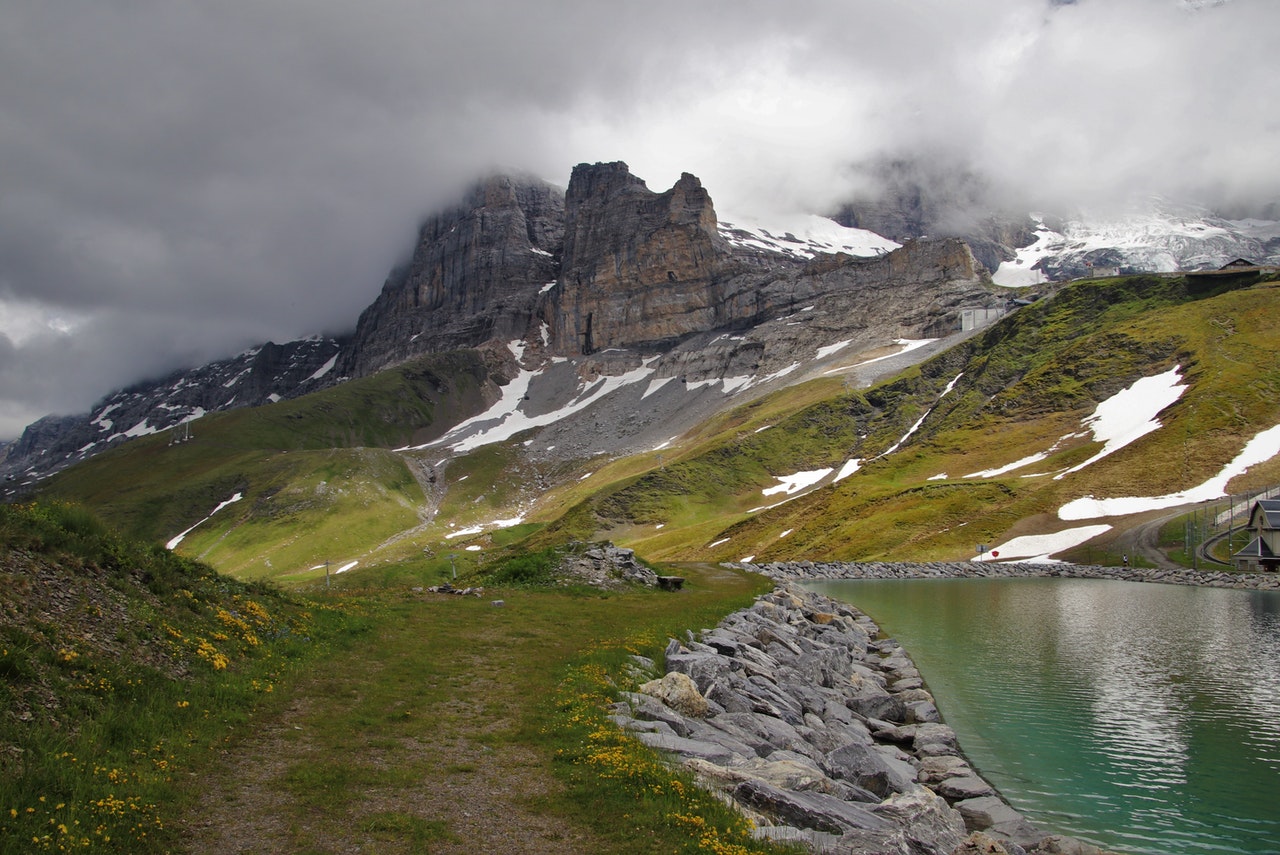The Swiss Nant de Drance storage hydropower plant, which has just begun, is a closed system that provides the same energy storage capacity as 400,000 electric vehicle batteries.
High in the Swiss Alps in the canton of Valais, the power plant is equipped with elegant reversible turbines that, with the flick of a switch, go from energy storage to electricity generation. This massive project took 14 years to complete.
About 17 kilometers of underground tunnels have been dug through the Alps, and six turbines are placed under 600 meters of rock in a giant cave as long as two football fields.
Nan-de-Drans repurposed two previously existing reservoirs, raising the top by 21.5 meters to double its capacity: it now holds more water than 6,500 Olympic-sized swimming pools.
Robert Gleitz, board member of Nant de Drance, stressed that this $2 billion project, one of the largest of its kind, could play a vital role in stabilizing the pan-European electricity grid as the continent transitions to renewable energy.
Storage hydroelectric power plants have been around for over a century. Still, they are especially important now because wind and solar energy are highly dependent on the weather and do not provide a stable energy supply. Unlike many previous solutions, Nan-de-Drans uses variable-speed turbine pumps, which reduces the risk of blackouts.
As Pascal Radew, CEO of GE Renewable Energy Hydro, which supplied the equipment for the facility, explained, such turbines can more reliably stabilize the power grid. “With a conventional hydro turbine and its fixed speed, it takes a while to get in sync with the grid,” Radju said, adding that it wastes time and energy.
Traditional hydroelectric power plants, built on river systems and require the construction of dams, disrupt wildlife and damage ecosystems. In Switzerland, where the first hydropower plant was built in 1890, almost half of the total length of the rivers has been artificially altered, and very few Alpine rivers are now in their natural state.
This is why current projects favor closed systems such as Nanth de Drance, which do not affect the existing ecology. Hydro storage power plants (PSPPs) with a closed circuit occupy a relatively small space, given their energy security.
Powering a city of a million inhabitants for 24 hours, experts estimate that a pumped storage power plant would require about two square kilometers of flooded land, one of the most efficient energy storage hydropower plant solutions currently available.
According to Gleitz, Nant de Drance returns about 80% of the electricity it consumes back to the grid and stores about 20 hours of backup energy. The Nanth de Drance complex increased Switzerland’s total installed energy capacity by 33%.
Rebecca Ellis, energy policy manager at the non-profit International Hydropower Association, notes that Switzerland, located in the geographic center of Europe, can stabilize the energy system across the continent.
However, since the country is not a member of the European Union, many regulations are currently a significant barrier to doing so.

